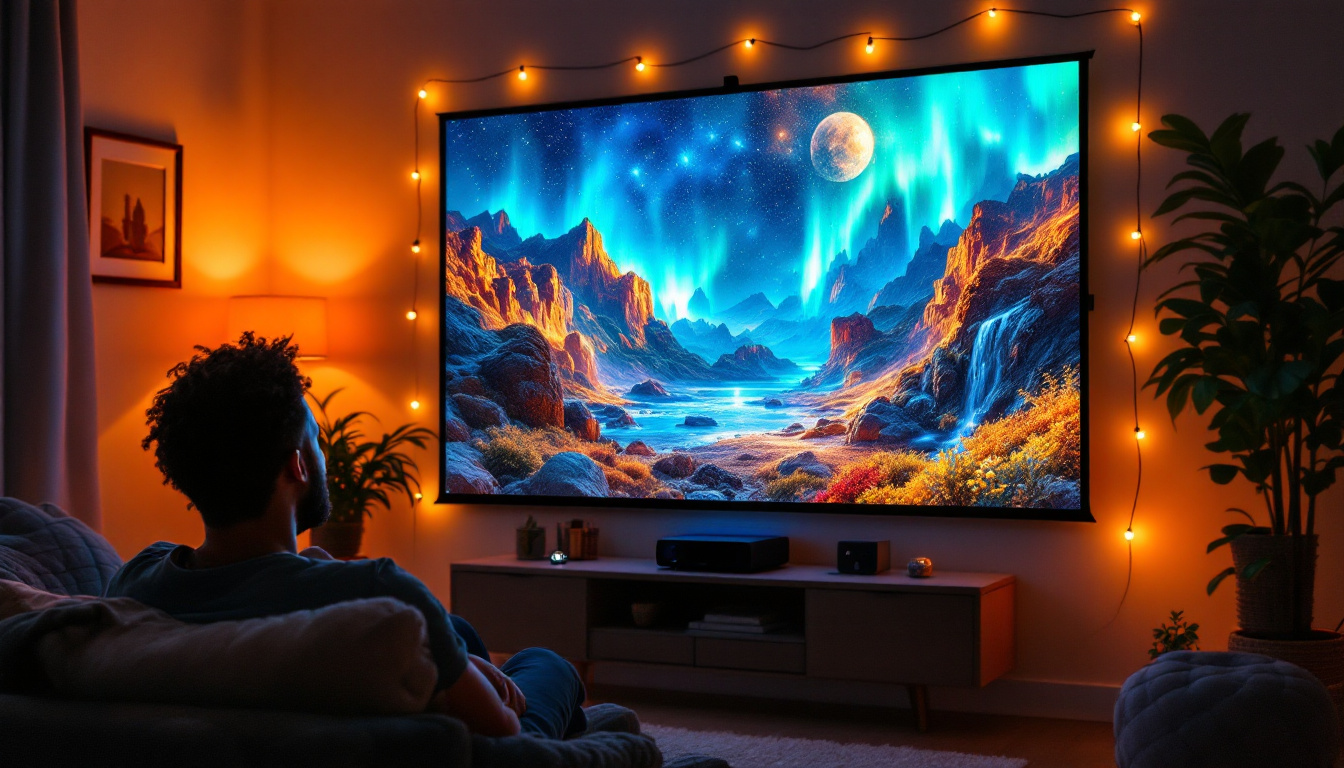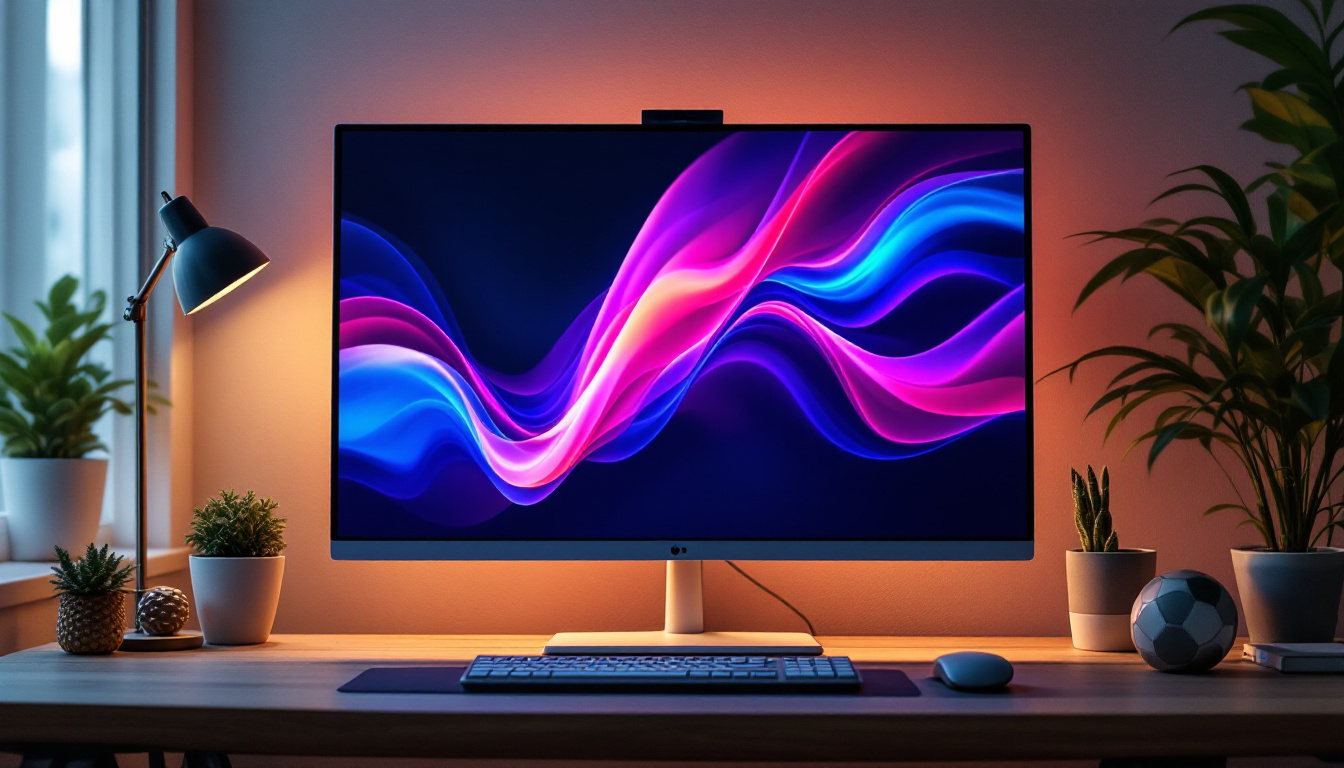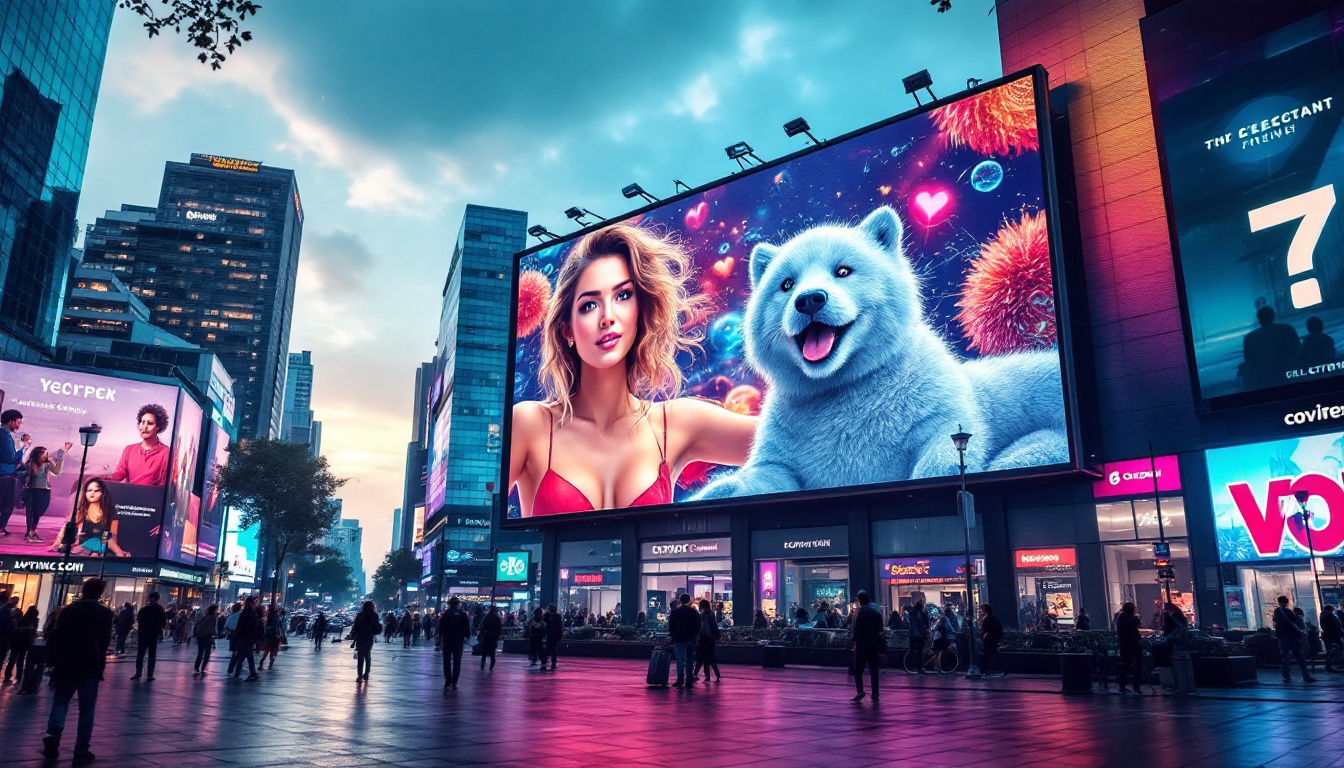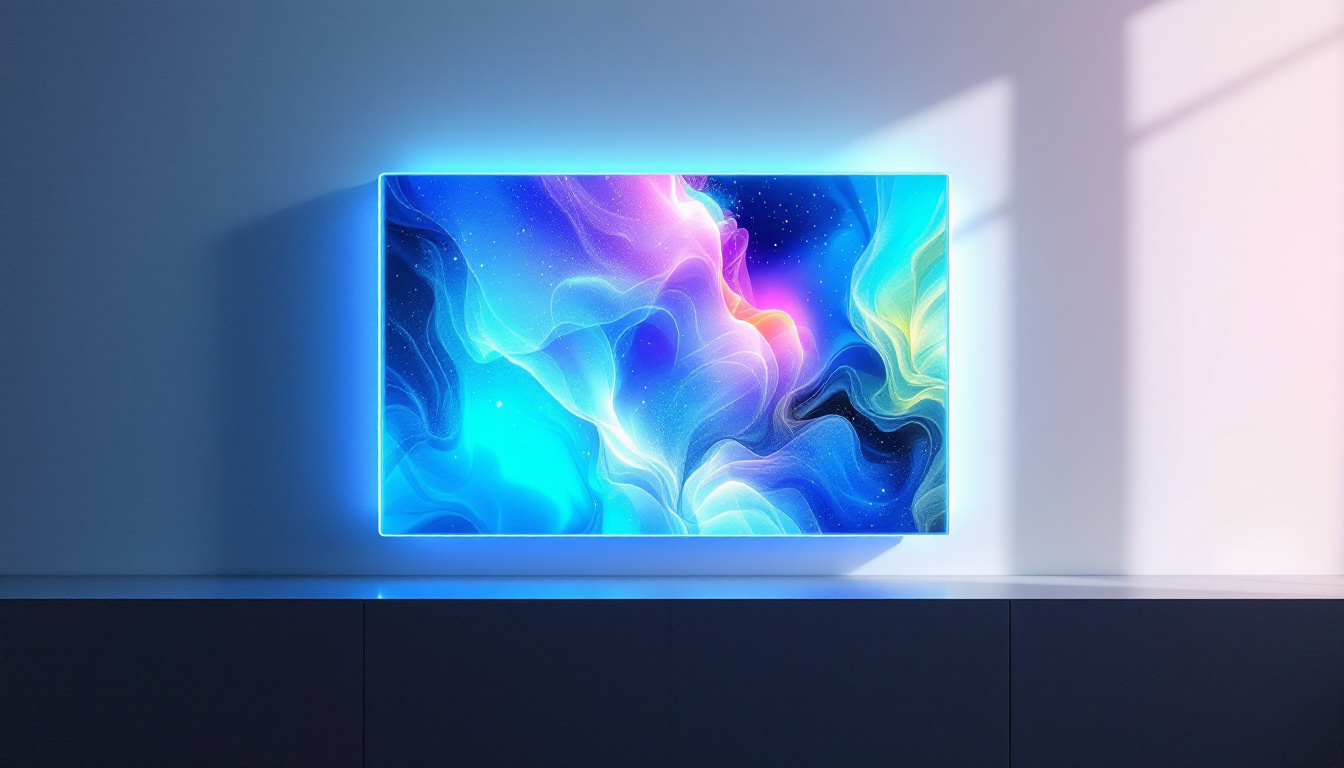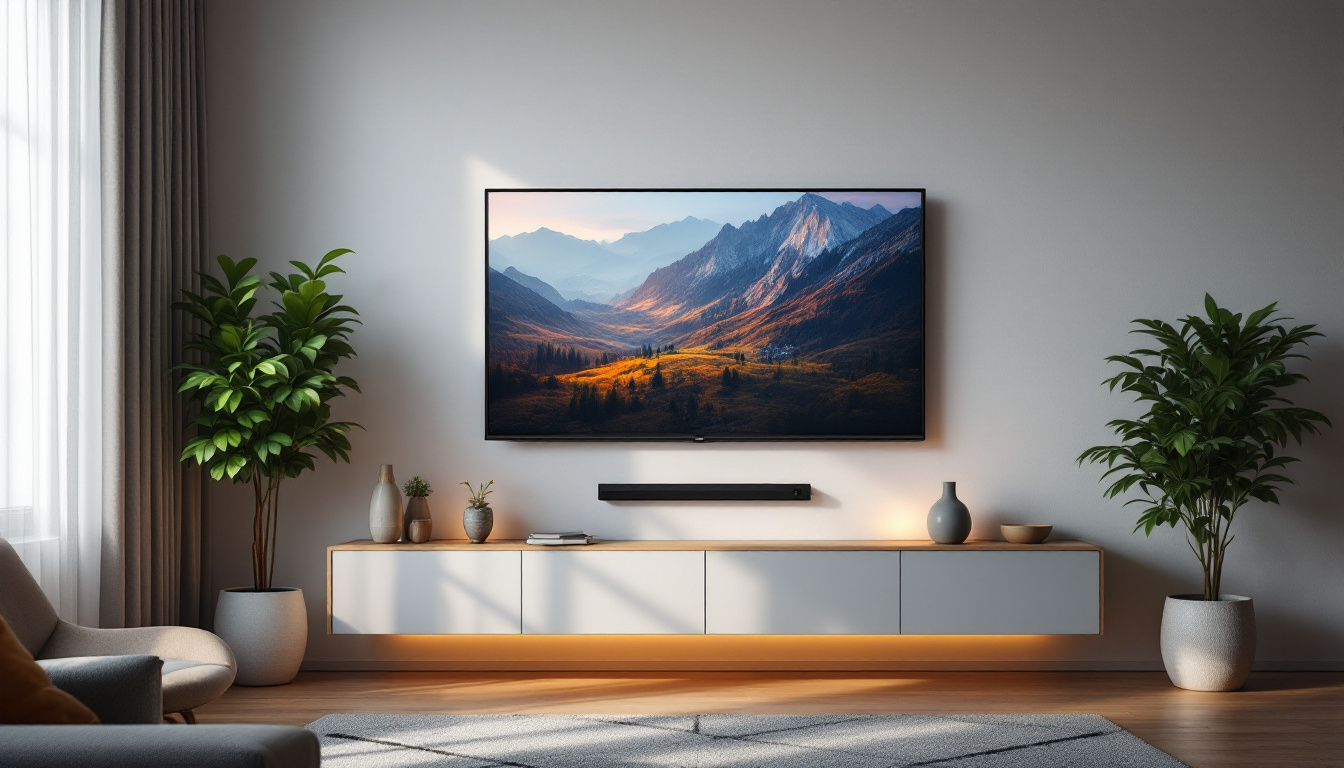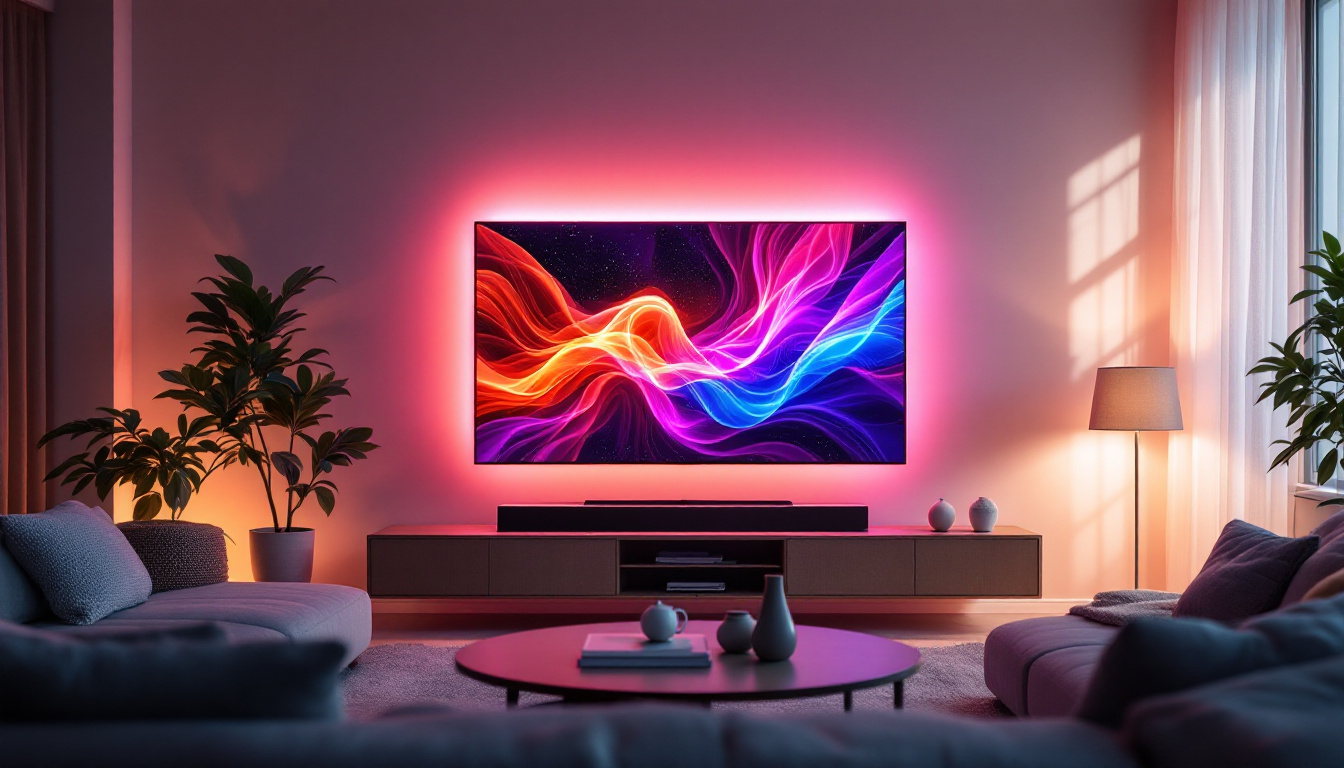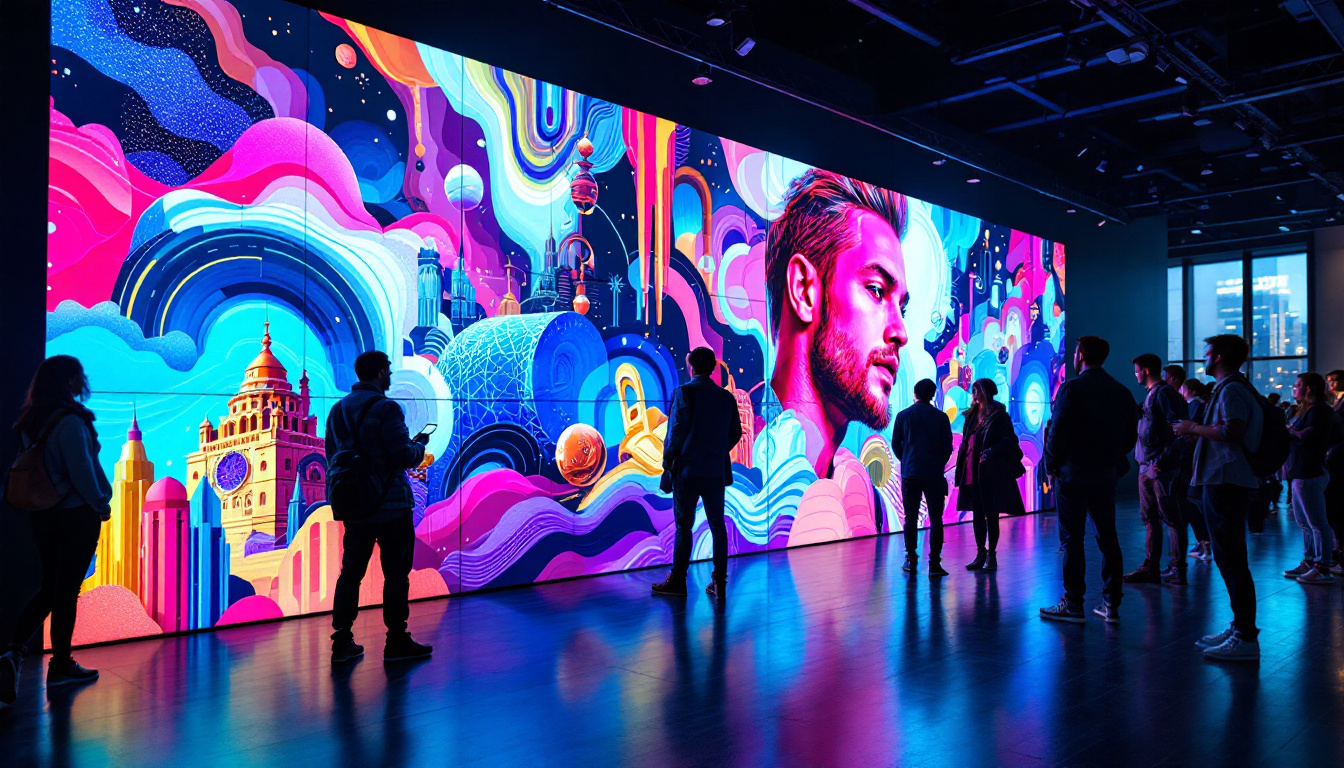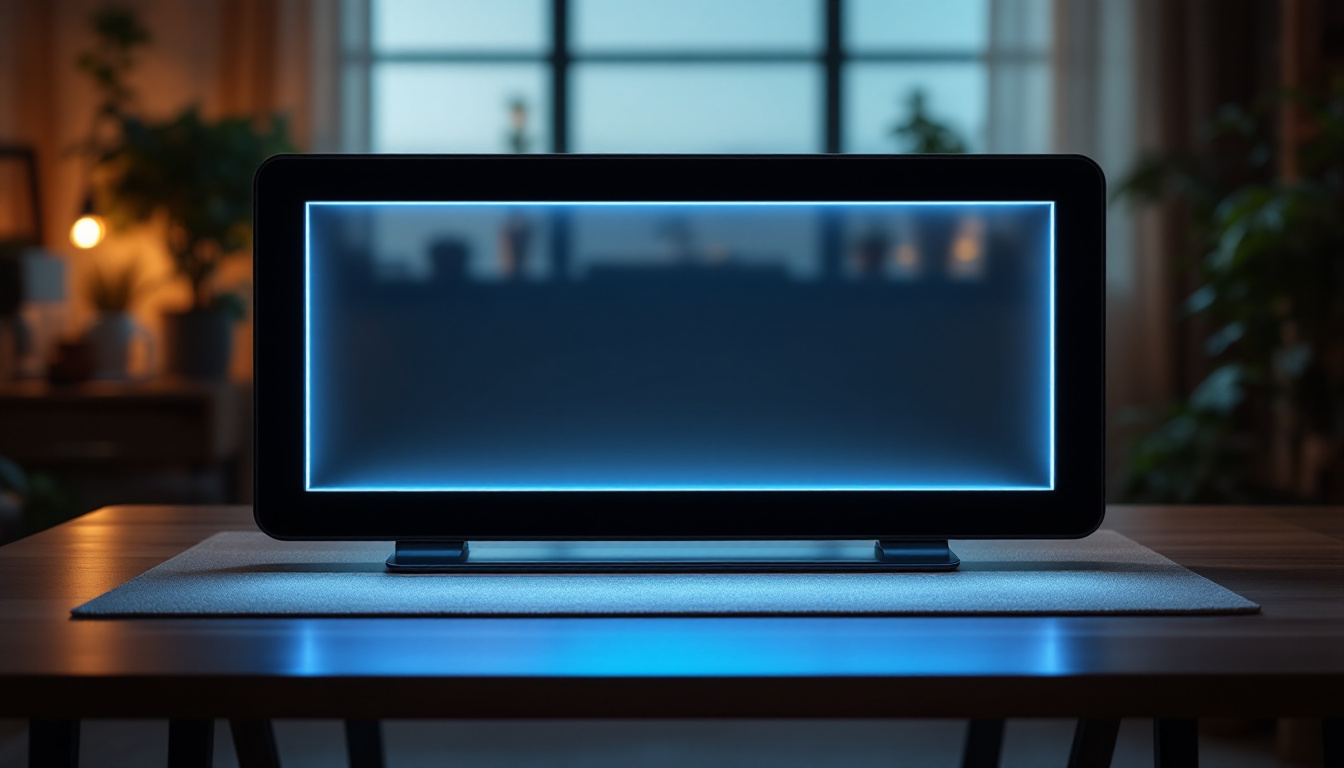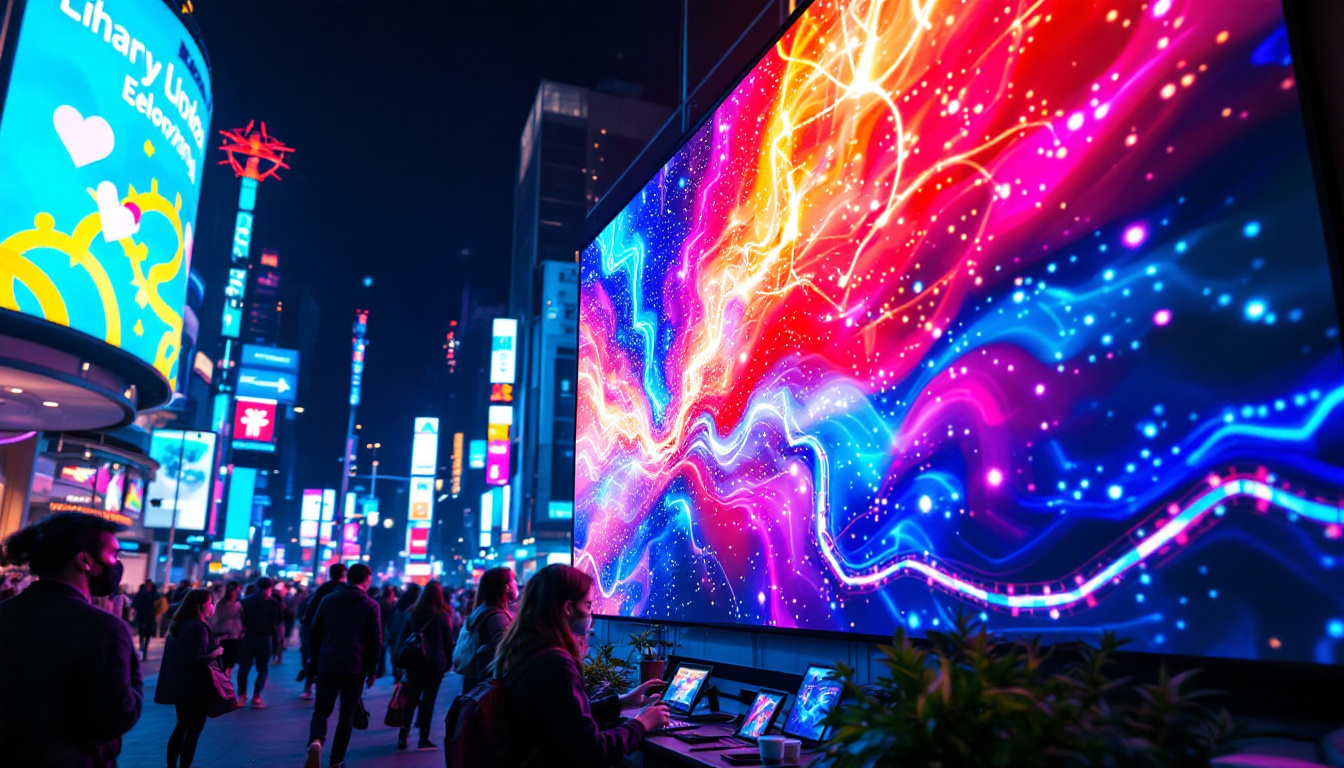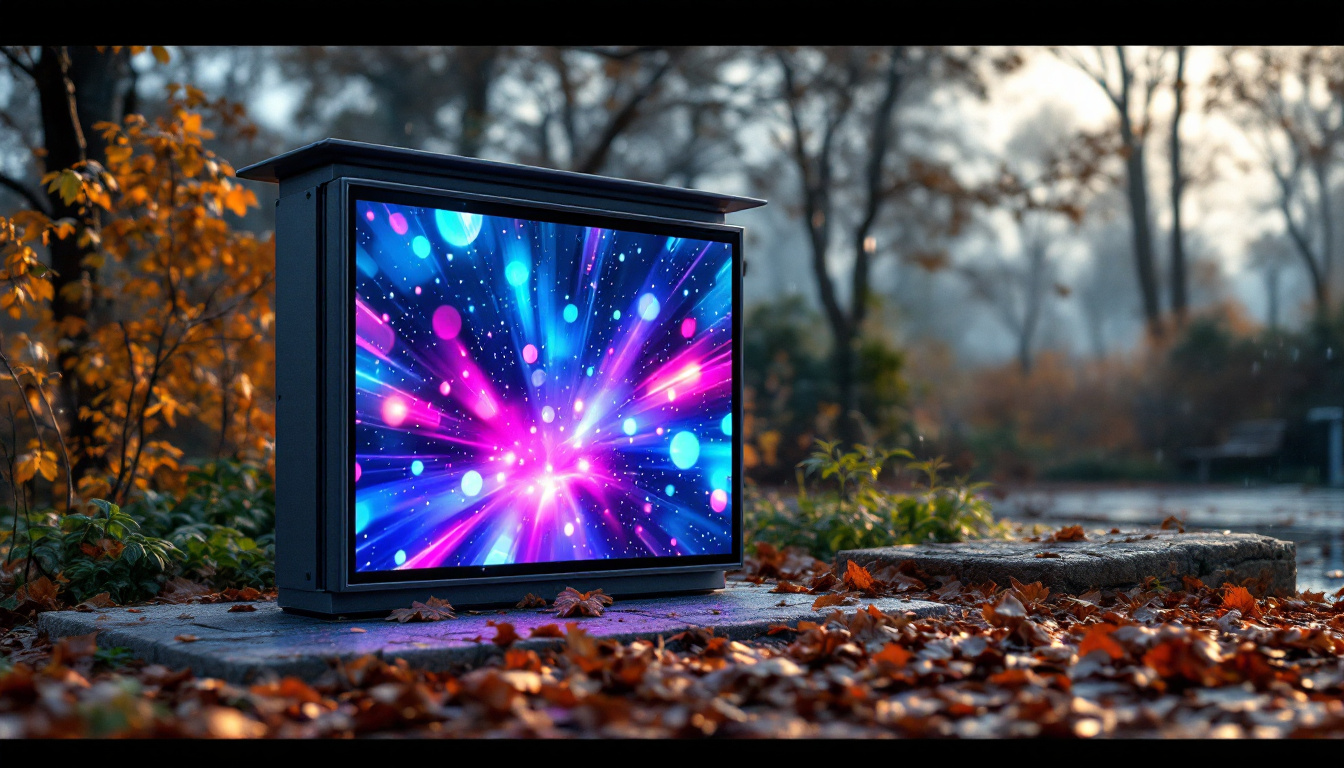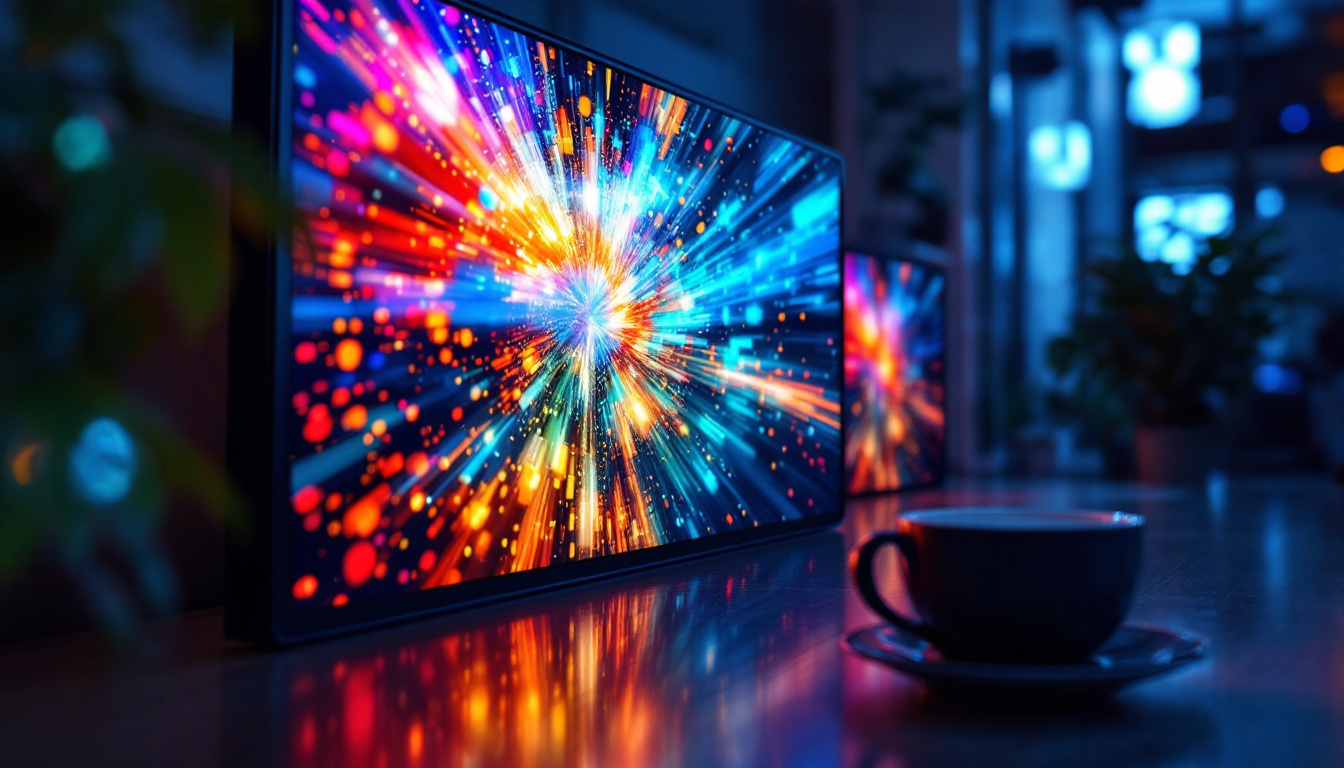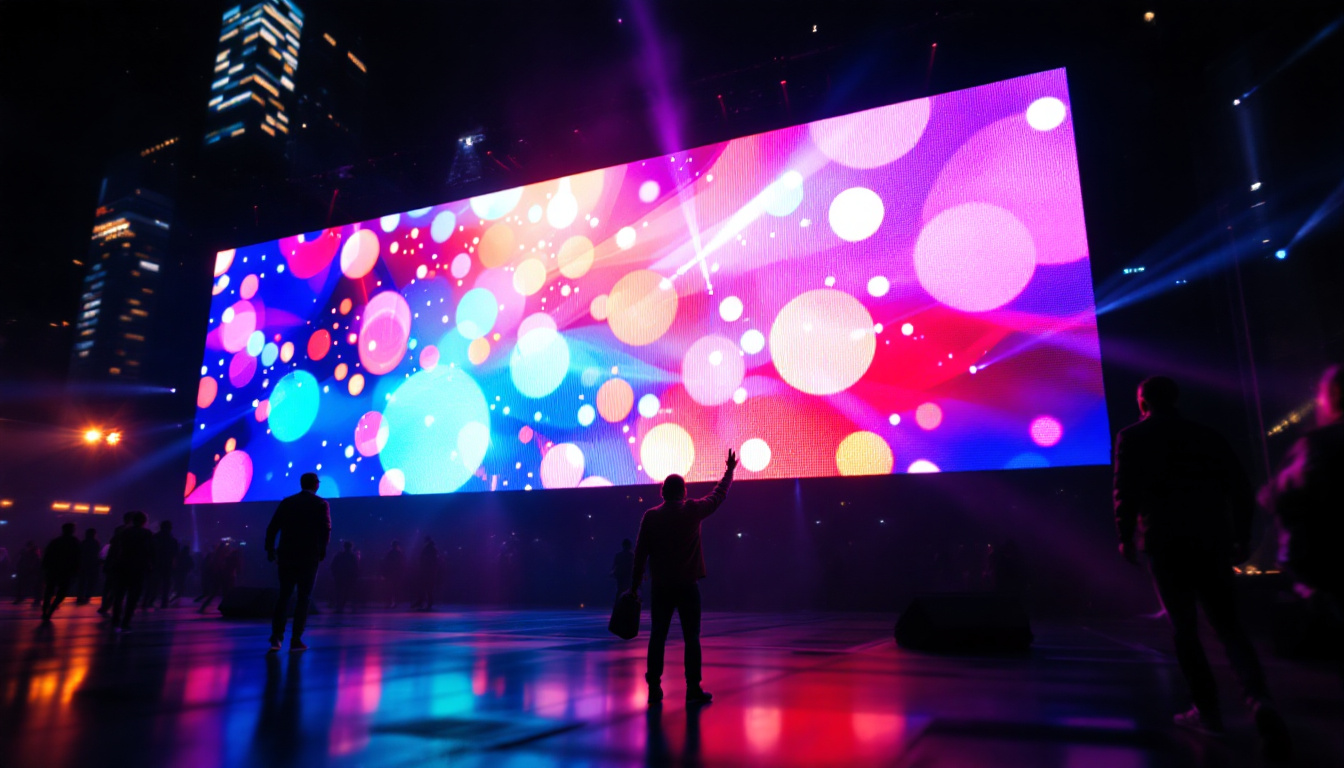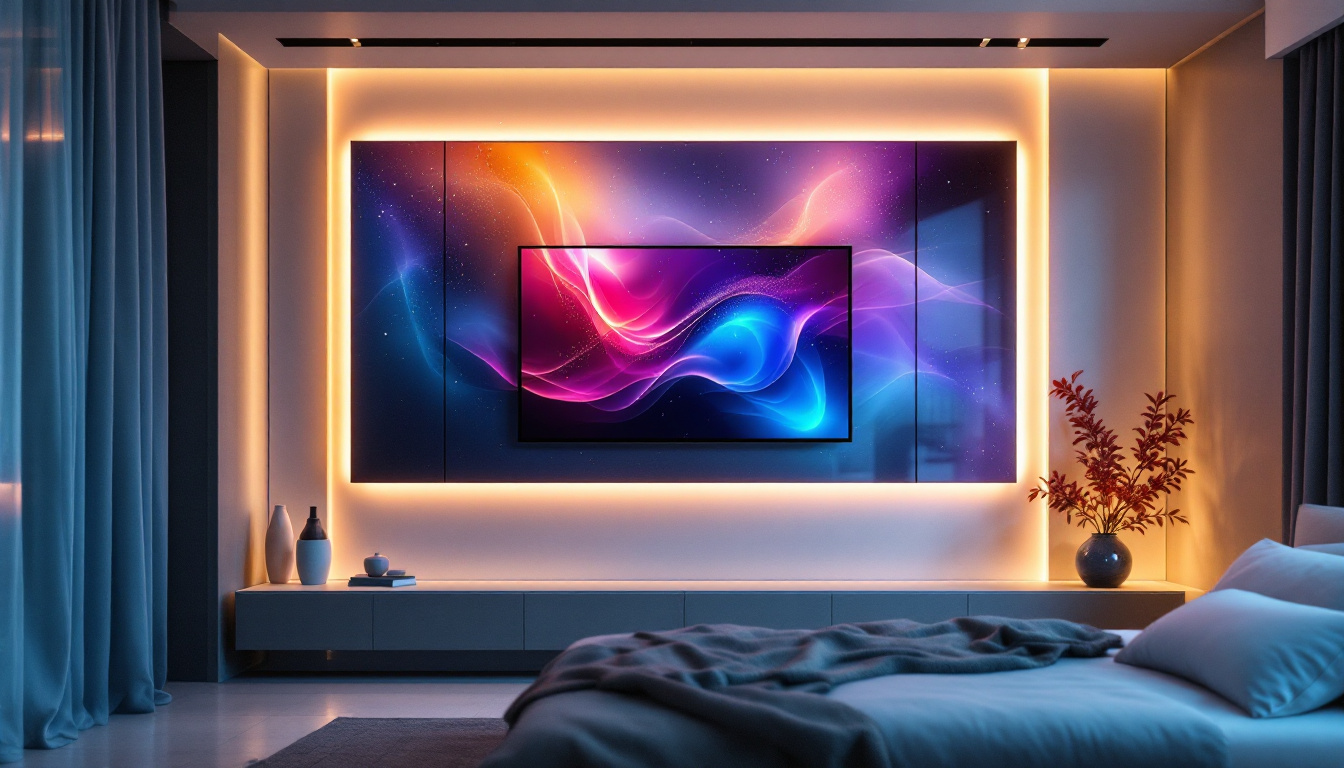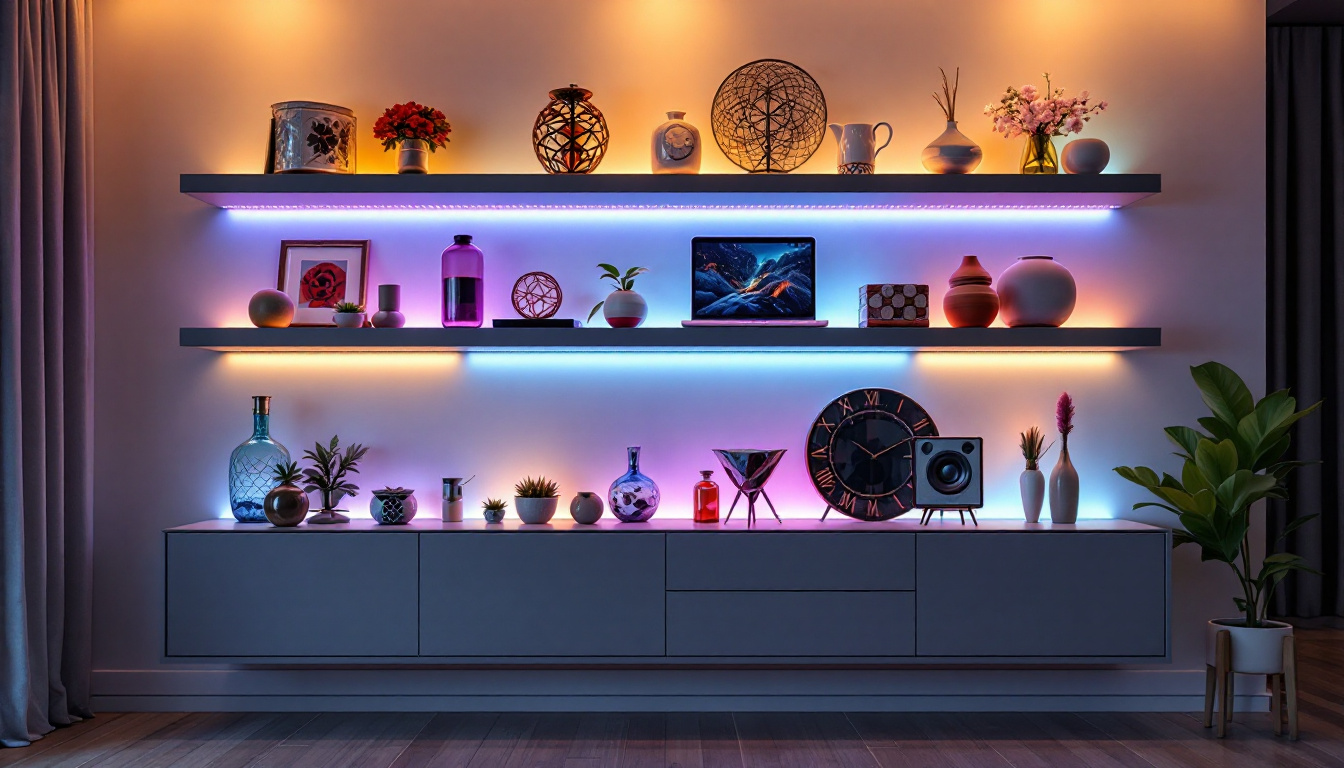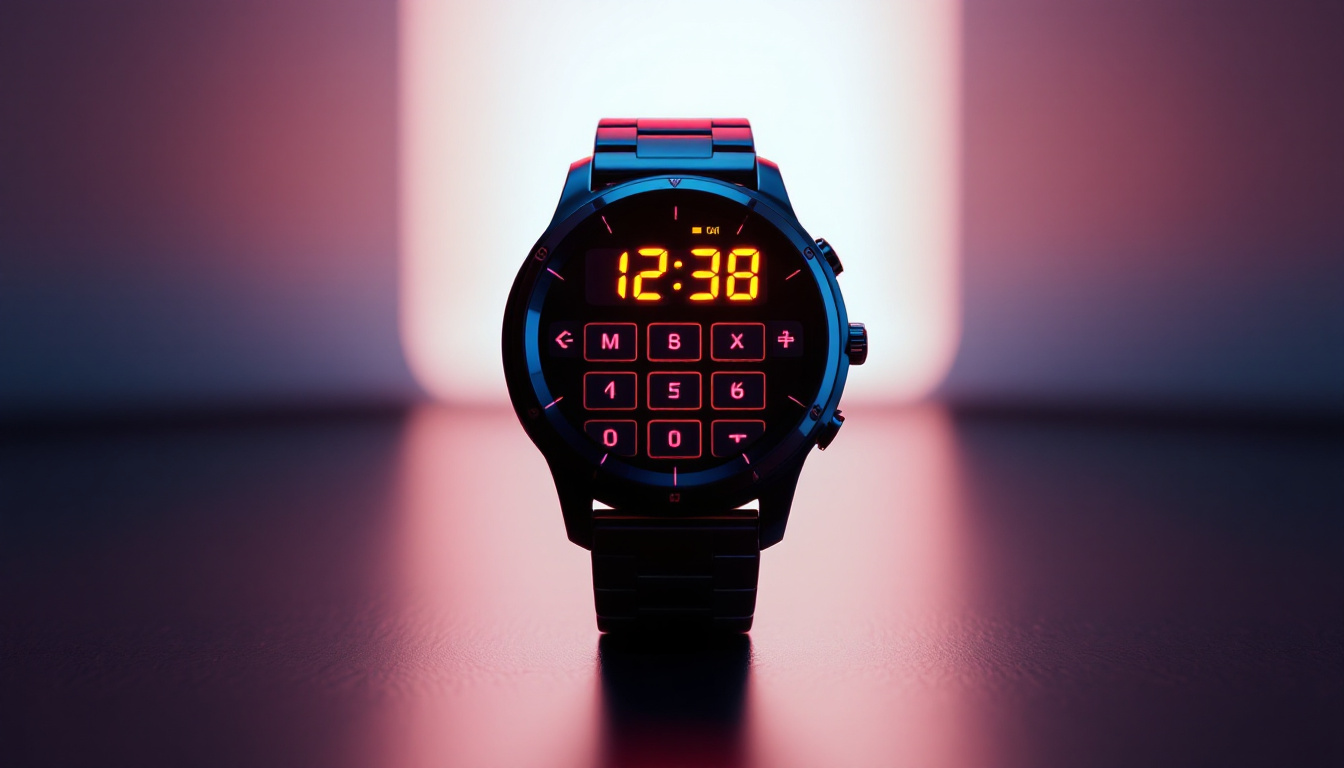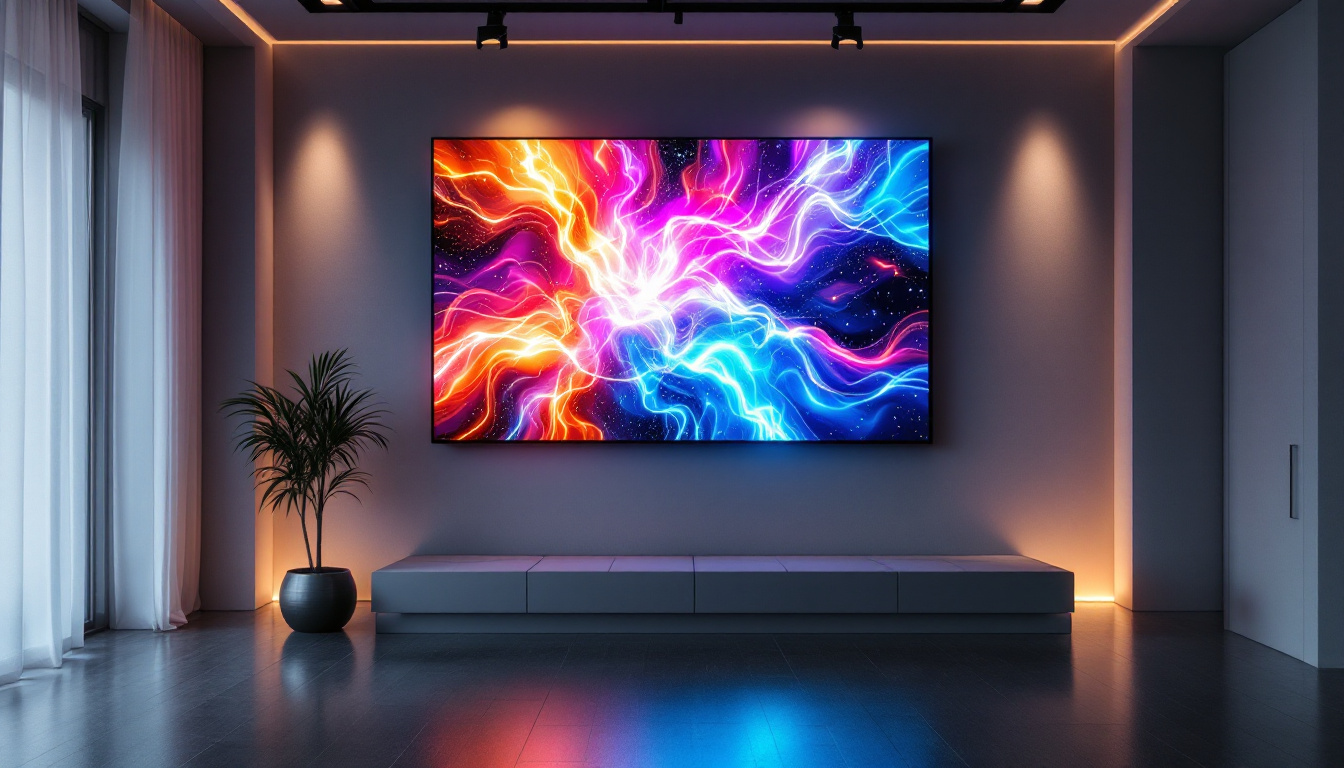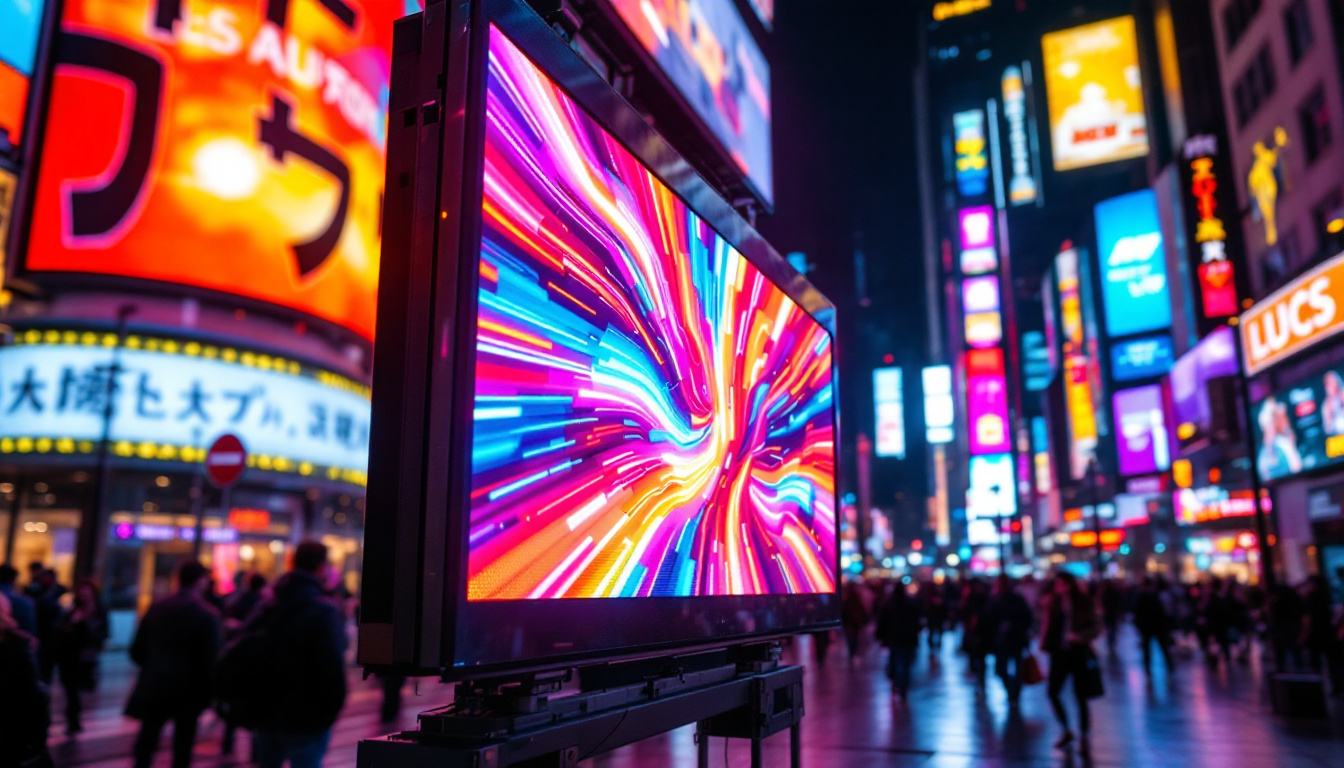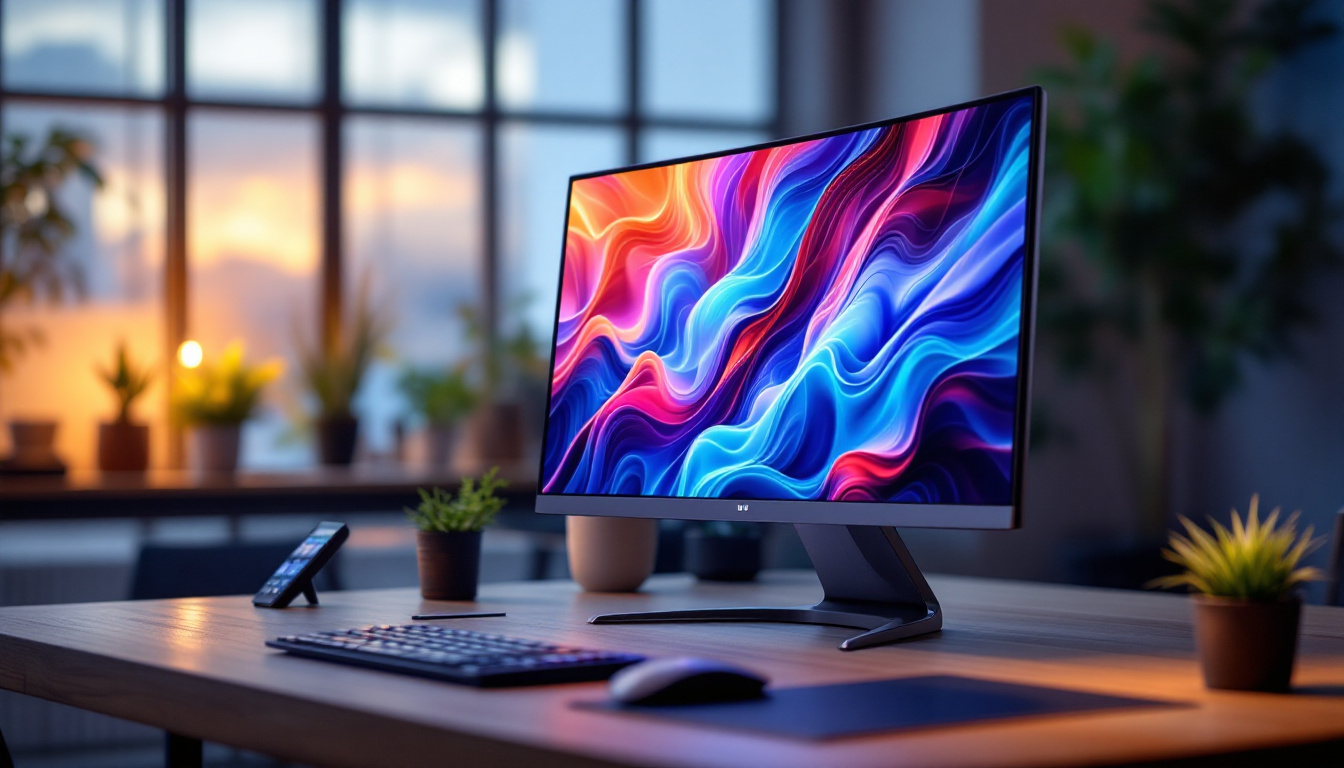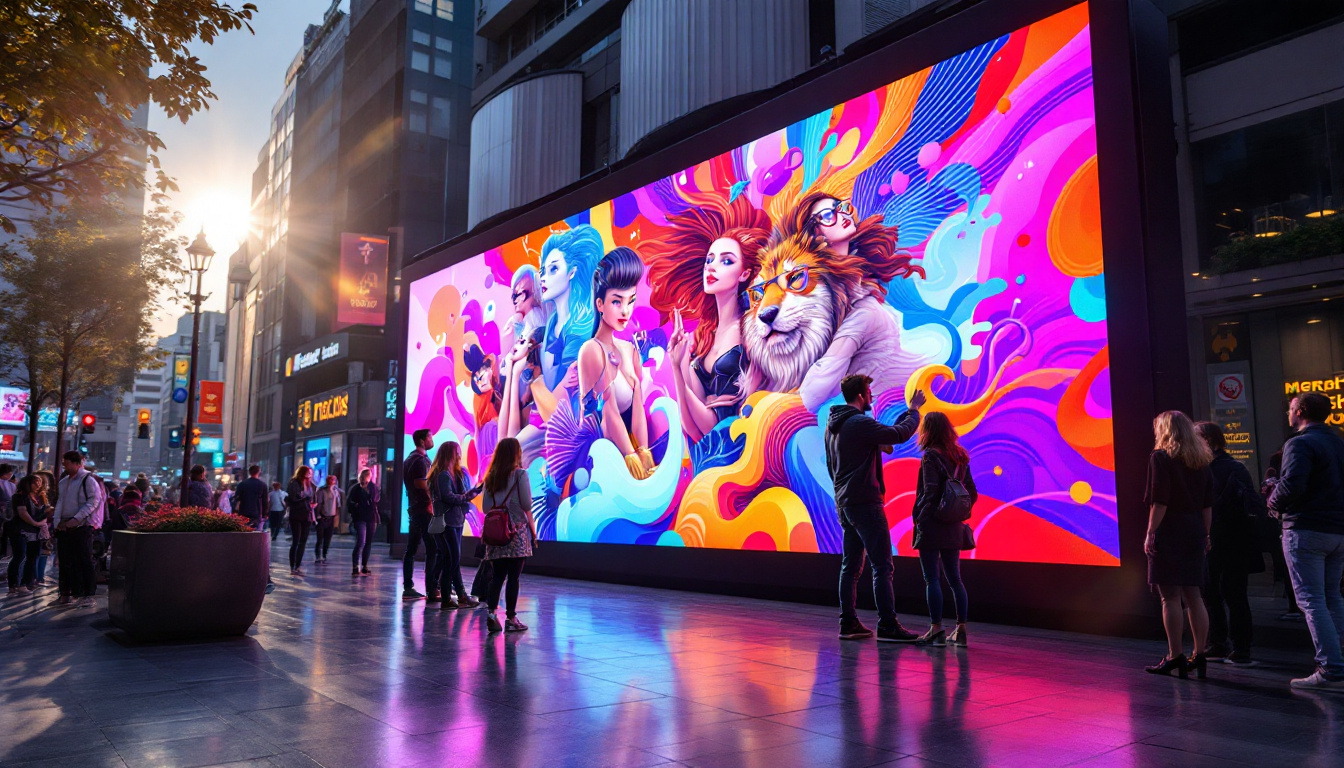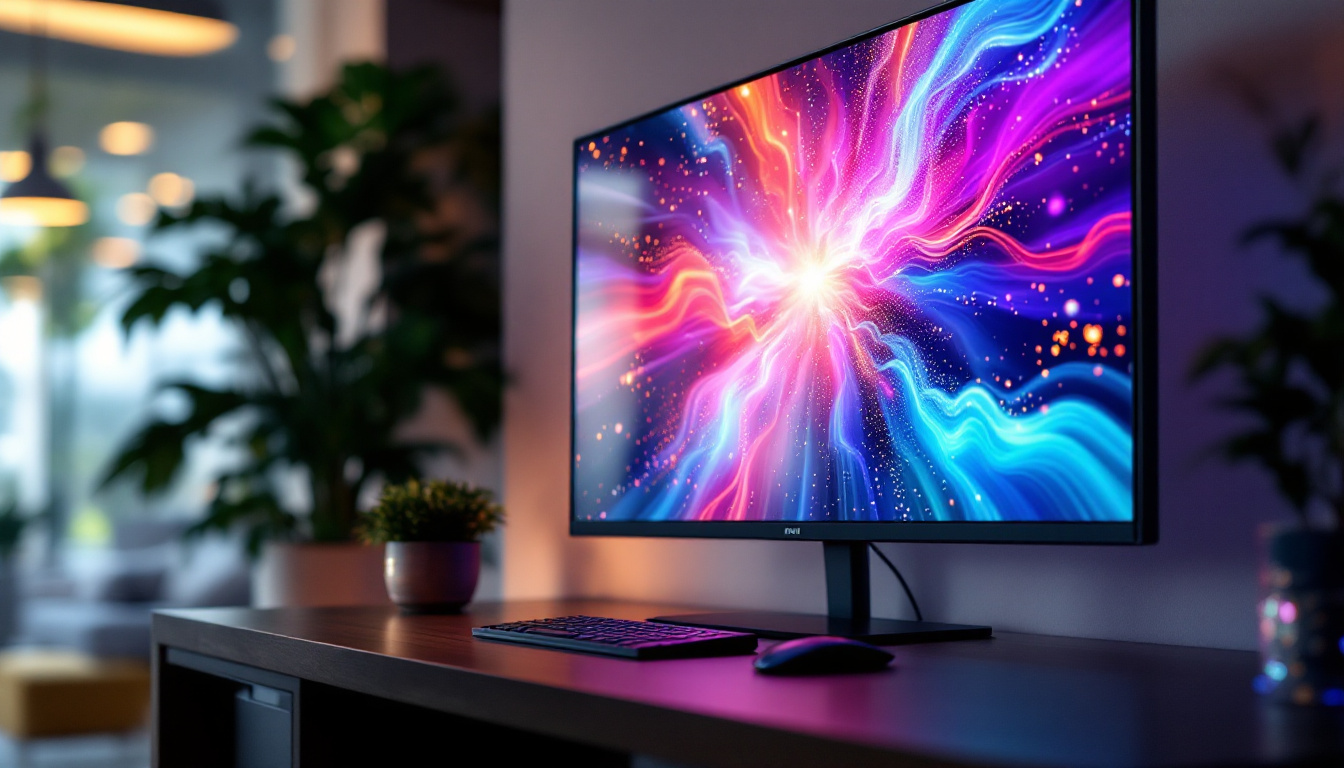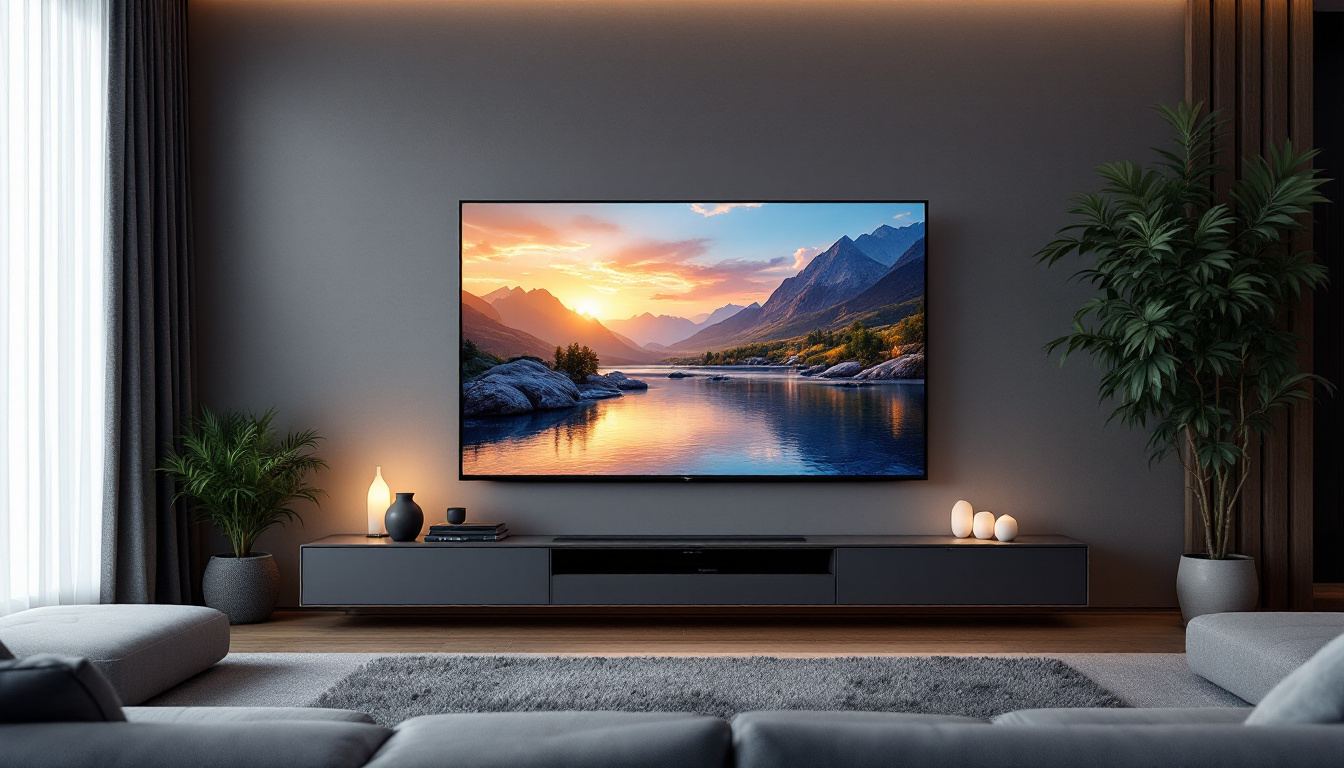In the world of home entertainment, the projector screen plays a crucial role in delivering an immersive viewing experience. While many opt for store-bought screens, building your own projector screen can be a rewarding and cost-effective solution. This article will delve into the various aspects of creating a custom projector screen, focusing on LED displays and their advantages.
Understanding Projector Screens
Before embarking on the journey of building a projector screen, it’s essential to understand the different types of screens available. Projector screens are designed to enhance the quality of the projected image, and they come in various materials and formats. Choosing the right screen can make a significant difference in your viewing experience, whether you’re watching a movie, giving a presentation, or gaming.
Types of Projector Screens
There are several types of projector screens, each suited for different environments and needs. The most common types include:
- Fixed Frame Screens: These screens are mounted permanently on the wall and provide a taut surface for optimal image quality. They are often favored for dedicated home theaters where the viewing experience is paramount.
- Retractable Screens: Ideal for multi-purpose rooms, these screens can be rolled up when not in use, saving space and maintaining aesthetics. They come in both manual and motorized options, allowing for easy deployment at the touch of a button.
- Portable Screens: Designed for easy transport, these screens are perfect for presentations and outdoor movie nights. Many portable screens are lightweight and come with their own carrying case, making them convenient for travel.
Each type has its pros and cons, and the choice often depends on the intended use and location of the projector. For instance, while fixed frame screens offer superior image quality, they may not be practical in a space that serves multiple functions. Conversely, portable screens provide versatility but may not deliver the same level of performance as their fixed counterparts.
Screen Material and Gain
The material of the projector screen significantly impacts the quality of the image displayed. Common materials include vinyl, fabric, and specialized coatings. Vinyl screens are durable and easy to clean, making them a popular choice for both home and commercial use. Fabric screens, on the other hand, can offer a more aesthetically pleasing appearance and may be available in various textures to enhance the viewing experience. Additionally, the gain of a screen refers to its reflectivity. A higher gain means a brighter image, but it can also narrow the viewing angle. Understanding these factors is crucial when selecting or building a projector screen.
Moreover, the choice of gain is particularly important in relation to the ambient light conditions of the room. In darker environments, a lower gain screen can provide a more uniform image, while in brighter settings, a higher gain screen can help combat the effects of ambient light. Some screens even feature special coatings that enhance color reproduction and contrast, further elevating the viewing experience. As you consider your options, think about how the screen will perform in your specific environment, as well as how it will complement your projector’s capabilities and the overall setup.
Why Choose an LED Display?
LED displays have gained popularity in recent years due to their vibrant colors, energy efficiency, and longevity. Unlike traditional projection methods, LED displays offer a different approach that can enhance the viewing experience. Their ability to deliver sharp images and dynamic visuals has made them a favorite for both home entertainment and commercial applications, transforming the way we consume media and interact with digital content.
Advantages of LED Displays
LED displays come with several advantages that make them an appealing choice for home theaters and presentations:
- Brightness: LED technology provides superior brightness, making it suitable for various lighting conditions.
- Color Accuracy: With a wider color gamut, LED displays can reproduce colors more accurately, resulting in a more lifelike image.
- Longevity: LED lights have a longer lifespan compared to traditional bulbs, reducing the need for frequent replacements.
These benefits make LED displays an excellent option for those looking to enhance their viewing experience without compromising on quality. Furthermore, the rapid advancements in LED technology have led to the development of ultra-thin displays that can be seamlessly integrated into any environment, whether it be a sleek home theater setup or a professional conference room. The versatility of LED displays allows for creative installations, such as curved screens and large video walls, that can captivate audiences and create immersive experiences.
Cost-Effectiveness
While the initial investment in LED technology may be higher than traditional projectors, the long-term savings are significant. Reduced energy consumption and lower maintenance costs contribute to the overall cost-effectiveness of LED displays. This makes them an attractive option for budget-conscious consumers. Additionally, many LED models come equipped with smart features that allow for easy connectivity with various devices, further enhancing their usability and value. The integration of smart technology means users can stream content directly, access apps, and even control settings remotely, making LED displays not just a purchase, but a long-term investment in a versatile entertainment solution.
Building Your Own Projector Screen
Creating a custom projector screen can be a fulfilling project that allows for personalization and creativity. The process involves selecting materials, determining the screen size, and assembling the components.
Materials Needed
To build a projector screen, gather the following materials:
- Screen Material: Choose a suitable material, such as blackout cloth or specialized projector screen fabric.
- Frame: You can use wood, PVC pipes, or metal for the frame, depending on your preference and budget.
- Mounting Hardware: Ensure you have the necessary brackets, screws, and tools for assembly.
Each of these materials plays a vital role in the final product, so it’s essential to choose wisely based on your specific needs and environment.
Determining the Size
When determining the size of your projector screen, consider the distance from the projector to the screen and the aspect ratio of the content you plan to display. A common aspect ratio for home theaters is 16:9, which is suitable for most movies and television shows.
Measure the available wall space and decide on a size that fits comfortably within that area. It’s advisable to leave some space around the screen for a more polished look.
Assembling the Screen
Once you have your materials and size determined, it’s time to assemble the screen. Start by constructing the frame, ensuring it is sturdy and level. Next, attach the screen material to the frame, making sure it is taut to avoid any wrinkles that could affect image quality.
Finally, mount the completed screen to the wall or set it up in your desired location. Ensure it is securely fastened and at the appropriate height for optimal viewing.
Enhancing Your Projector Screen Experience
Building a projector screen is just the beginning. To truly enhance the viewing experience, consider additional elements such as lighting, sound, and seating arrangements.
Optimizing Lighting Conditions
Lighting plays a crucial role in the quality of the projected image. To optimize your viewing experience, control the ambient light in the room. Use blackout curtains or shades to minimize outside light interference. Additionally, consider installing dimmable lights to create the perfect atmosphere for movie nights.
Sound System Integration
A great visual experience is only half of the equation; sound quality is equally important. Integrating a surround sound system can significantly enhance the overall viewing experience. Whether opting for a full home theater setup or a simpler soundbar, ensure that the audio complements the visuals for a truly immersive experience.
Comfortable Seating Arrangements
Comfort is key when it comes to enjoying movies or presentations. Invest in comfortable seating that allows for long viewing sessions without discomfort. Consider the layout of the seating in relation to the screen to ensure everyone has a good view.
Maintenance and Care for Your Projector Screen
Once your projector screen is built and set up, it’s essential to maintain it to ensure longevity and optimal performance. Regular care will keep the screen looking great and functioning well.
Cleaning the Screen
Over time, dust and dirt can accumulate on the screen, affecting image quality. To clean the screen, use a soft, lint-free cloth and a gentle cleaning solution specifically designed for projector screens. Avoid using harsh chemicals or abrasive materials that could damage the surface.
Checking for Damage
Regularly inspect the screen for any signs of wear or damage, such as tears or discoloration. Addressing these issues promptly can prevent further deterioration and maintain the quality of your viewing experience.
Conclusion
Building your own projector screen can be a rewarding project that enhances your home entertainment setup. By understanding the various types of screens, the advantages of LED displays, and the steps involved in creating a custom screen, you can achieve a professional-quality viewing experience at home. With careful planning, the right materials, and attention to detail, your DIY projector screen can provide countless hours of enjoyment for family and friends.
Whether you’re watching movies, playing video games, or giving presentations, a well-built projector screen can make all the difference. Embrace the challenge of building your own screen and enjoy the satisfaction that comes with it.
Discover LumenMatrix LED Display Solutions
Ready to take your home entertainment to the next level? Explore the innovative world of LumenMatrix, where cutting-edge LED display technology meets creative design. From vibrant Indoor LED Walls to dynamic Outdoor LED Displays, and even customizable options like Floor and Vehicle LED Displays, LumenMatrix offers a wide array of solutions to fit your unique needs. Elevate your viewing experience with displays that promise to enhance engagement and captivate your audience. Check out LumenMatrix LED Display Solutions today and transform your visual communication with style and efficiency.

